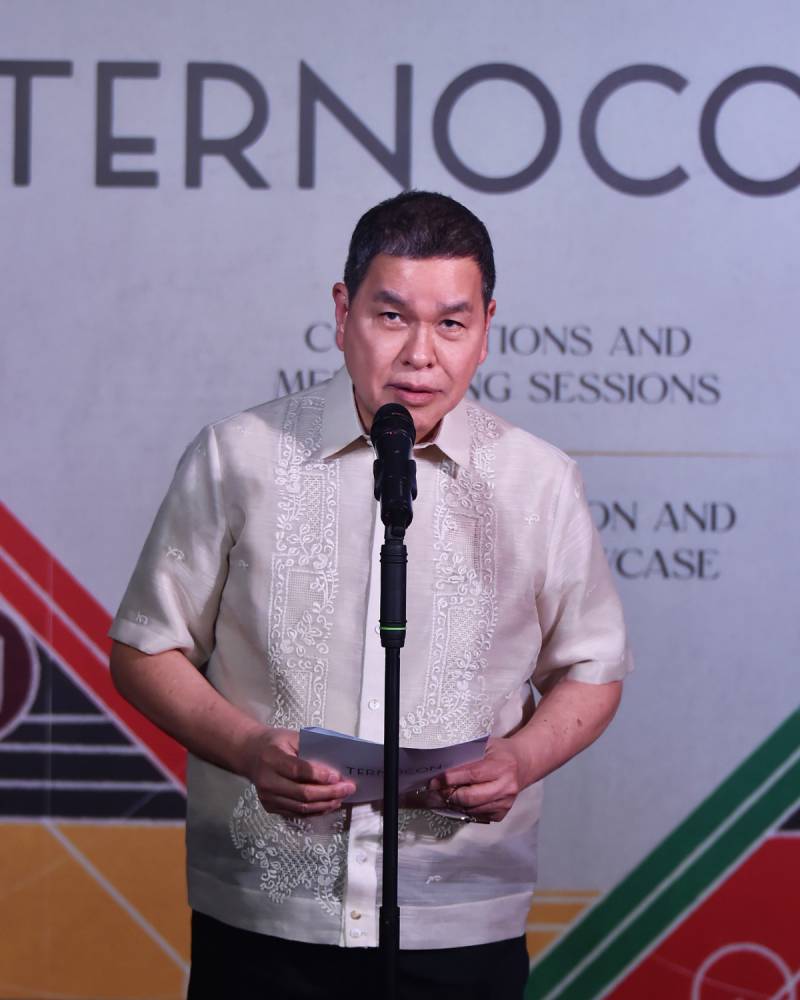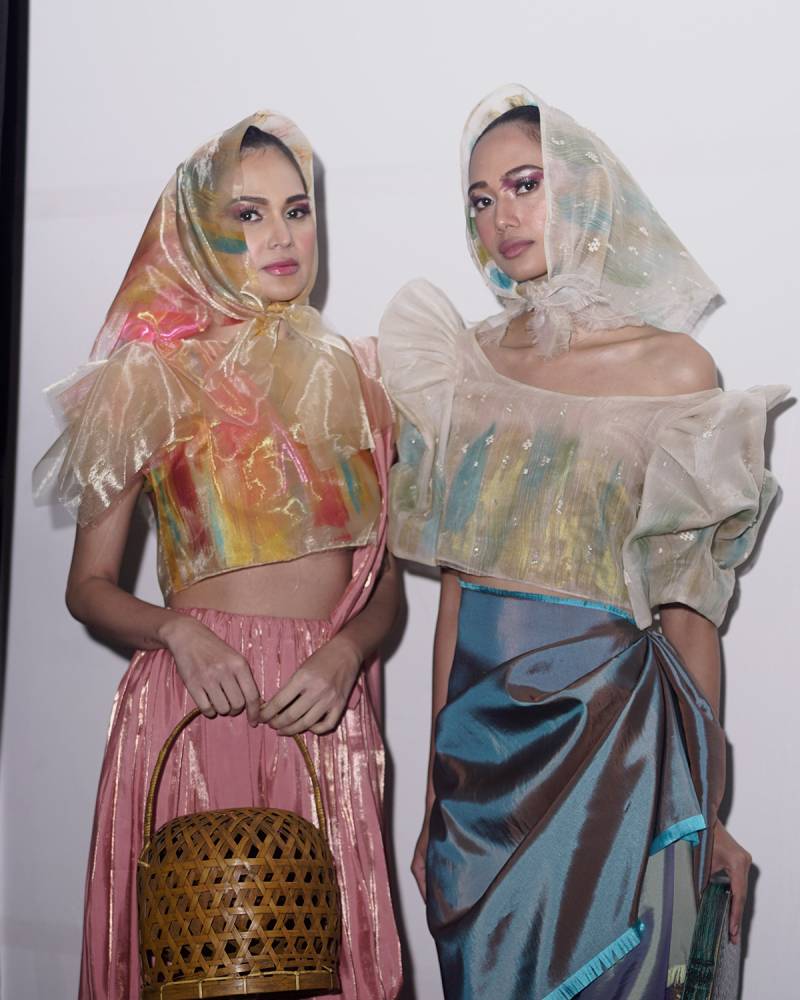It’s the ‘kimona’s’ turn

Time seems to have flown by, and the eagerly anticipated biennial terno-mentoring and -making convention-slash-competition is upon us once again.
On Wednesday at the Bench Tower in Bonifacio Global City, Ternocon 2025 kicked off with the introduction of a new set of finalists and semifinalists, along with mentors who regaled attendees with a visual feast of sartorial possibilities for the national dress.
The intervening months between the press conference and the last awarding, where Yssa Inumerable bagged the top recognition for her jaunty Gibson Girl-inspired terno renditions, were filled with various showcases—including the Bench presentation at the Rakuten Fashion Week Tokyo in September last year, the “Paskong Ternocon” in December, and “TernoCon: Kasarinlan, Kultura, Kasuotan” runway show and succeeding exhibit earlier this year—effectively keeping the iconic garment in the public’s consciousness.
Next year’s edition will continue to be “a showcase of Filipino talent and artistry brought to life,” said Bench founder and Suyen Corp. chair and CEO Ben Chan.

Ricardo Eric Cruz has stepped in as the new artistic director, replacing award-winning set designer and Ternocon artistic consultant Gino Gonzales, who founded Ternocon along with Chan as a collaborative initiative between the Cultural Center of the Philippines (CCP) and Bench.

Various possibilities
According to him, contenders for this fourth edition are required to come up with a capsule collection composed of a terno with a pañuelo; a balintawak with a tapis and an alampay; and a new inclusion this year, a kimona with an alampay and a patadyong.
“Since it has become a part of our culture, why not check on the various possibilities on how to use the kimona?” he told Lifestyle. “What we are trying to explore now is how to use the kimona as part of a total terno garment.”
And just like what they have been doing with the terno, Cruz explained that it’s important to set the standards of what makes a kimona a kimona. “We’re trying to establish the actual look of the kimona, because it doesn’t have sleeves—simply an extension of the shoulders by 2 or 3 inches—and it’s a slipover, without an opening at the front or back.”
Additionally, Cruz said, the finalists will have to draw inspiration from 20th century contemporary art—the period’s different movements, perspectives, and principles—without resorting to the use of facsimiles or digitally applied images of the artworks.
Lock-in workshops
In the lead-up to the Jan. 26, 2025, competition and cultural show, the 12 finalists (Windell Madis, Geomarie Hernandez, Johnoel Marin, Patrick Lazol, Jericho Gonzales, Irene Subang, Bryan Peralta, Peach Garde, Ram Silva, Lexter Badana, Jared Palmejar, and Monina Gatan) and two semifinalists (Xioti Chiu and Jema Gamer) from all over the archipelago participated in a lock-in workshop in Baguio City in June last year to learn about the history of the terno, balintawak, and kimona; design parameters; knitting and fabric manipulation; traditional techniques; new technology, colors, and patterns; and understructure and embellishments.
A second lock-in workshop (Oct. 17-22) helped the young designers get feedback from their mentors to fine-tune their final pieces. “We hope that they bring something fresh, something new,” said Cruz.
CCP president Kaye Tiñga’s own expectations are “growing higher and higher with each year.”
While this will be her first Ternocon as the facility’s new head, she has always been an avid follower of the competition. Since the first Ternocon was held, she said, Filipiniana has become a ubiquitous part of events.
“It doesn’t have to be the (State of the Nation Address) or a national event. People are becoming prouder of wearing the terno in many different ways,” she said, crediting Chan as a prime mover in bringing the Filipino dress to everyday lives.

According to her, fashion, being the most accessible form of art, speaks of our culture, and the CCP, being “the main agency for the promotion of culture and the arts in the country, should really be at the forefront of that.”
Tiñga also believes that, much like the Japanese kimono or the Chinese cheongsam, it will soon be the terno’s turn on the world fashion stage.
“I think terno is the next one, because it’s beautiful, it’s unusual. The butterfly sleeve, I think, flatters every woman, and as long as we’re able to train the younger generation in how to create the terno, soon enough we’ll see it in many forms and in runways all over the world.”
Joining chief mentor Inno Sotto, who has been with Ternocon since 2018, are seasoned designers Rhett Eala, Ezra Santos, and Lulu Tan-Gan, who, along with Inumerable, showed off their own interpretations of the terno in a mini fashion show also on Wednesday.





















